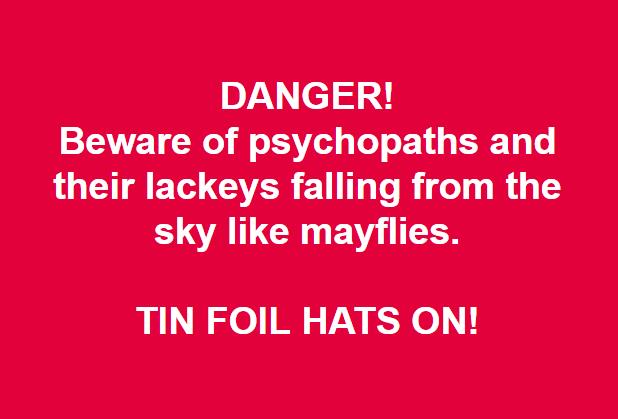The Default Mode Network:
Older review here: pdfs.semanticscholar.org/2973/01b1c9524…
Answer:
pnas.org/content/101/13…
ncbi.nlm.nih.gov/pmc/articles/P…
s3.amazonaws.com/academia.edu.d…
academic.oup.com/dsh/article/26…
journals.plos.org/plosone/articl…
My very rusty piano-playing muscles:
s3.amazonaws.com/academia.edu.d…
Yet.








